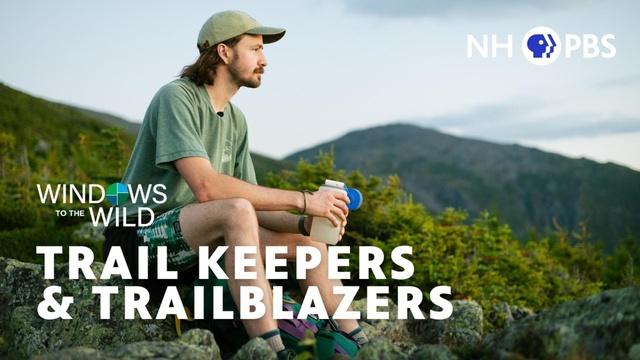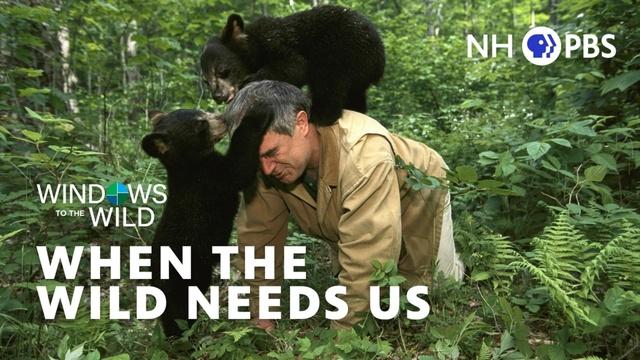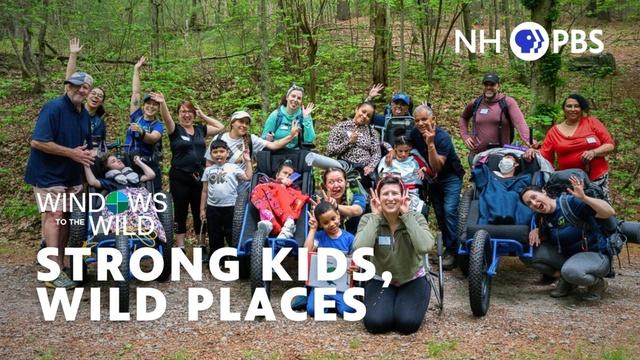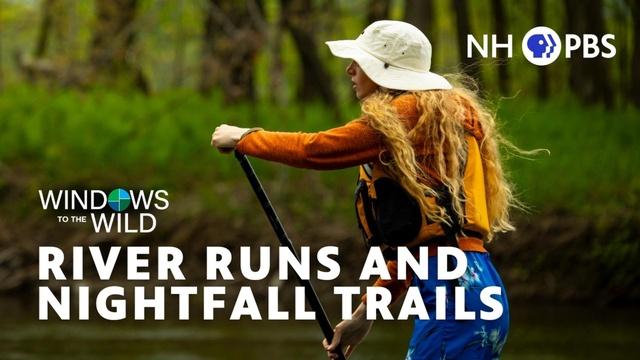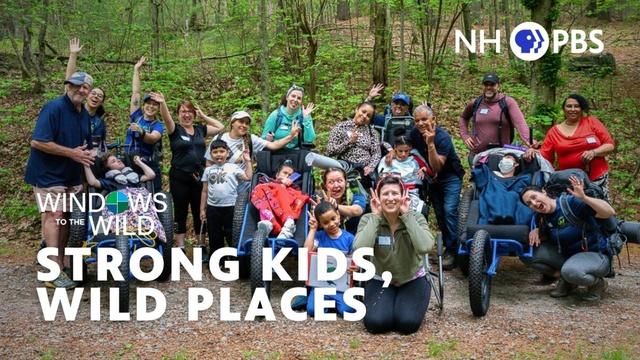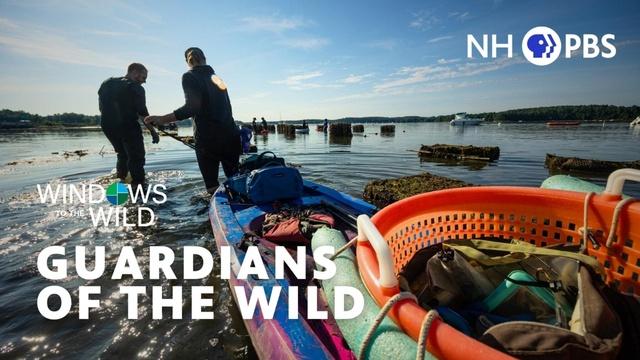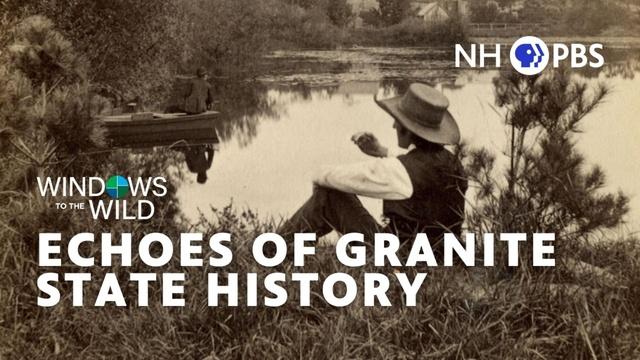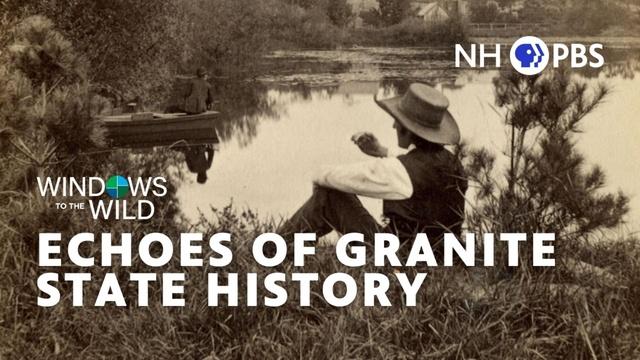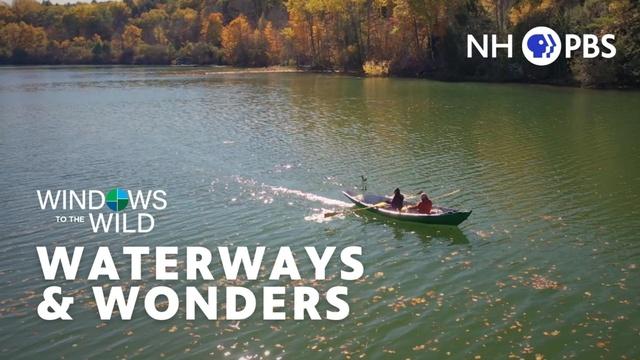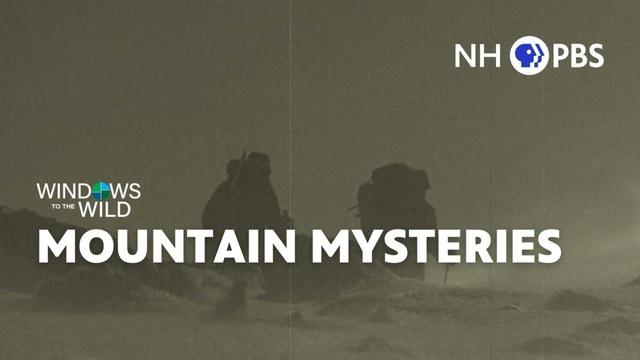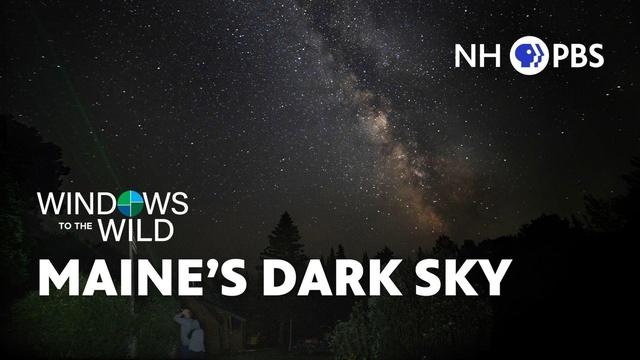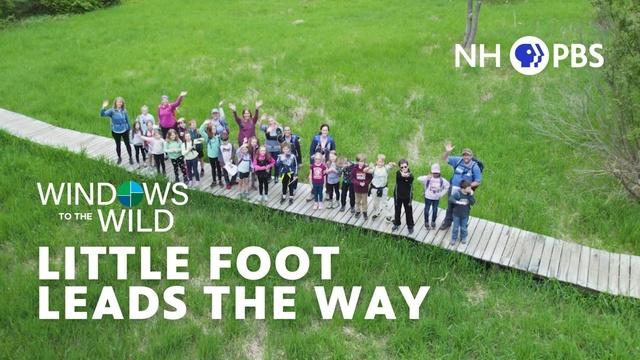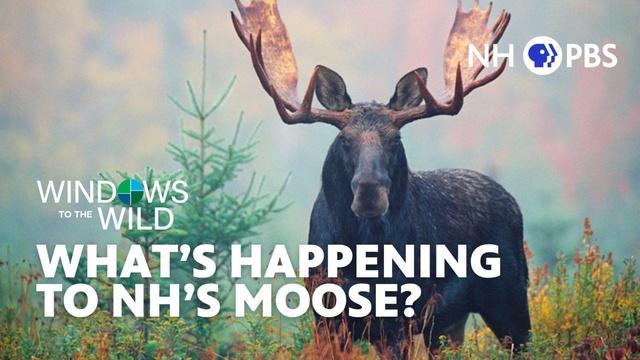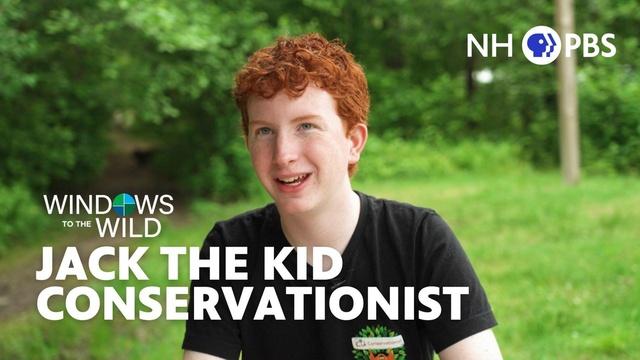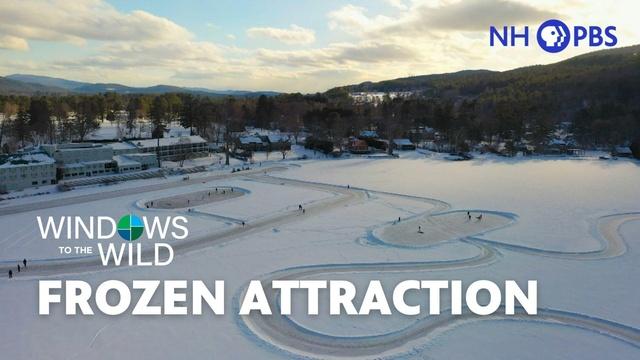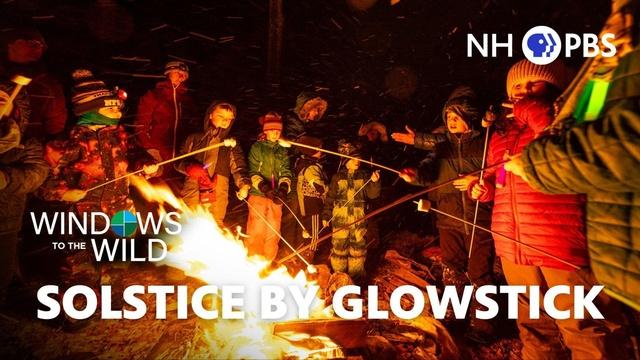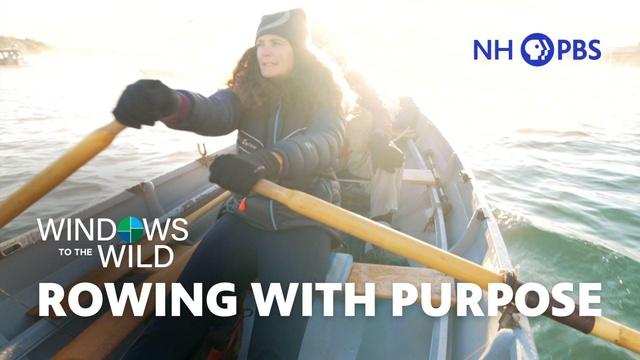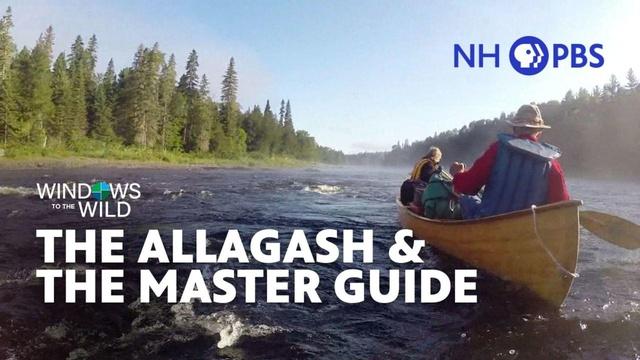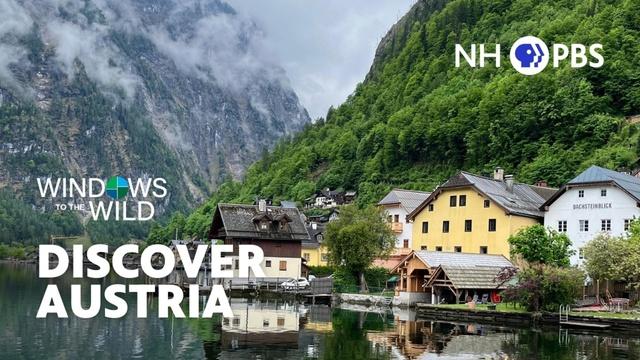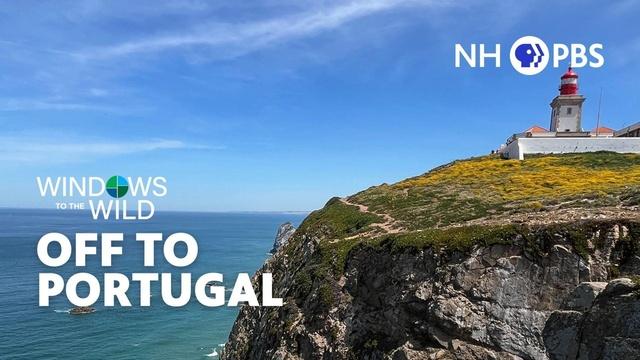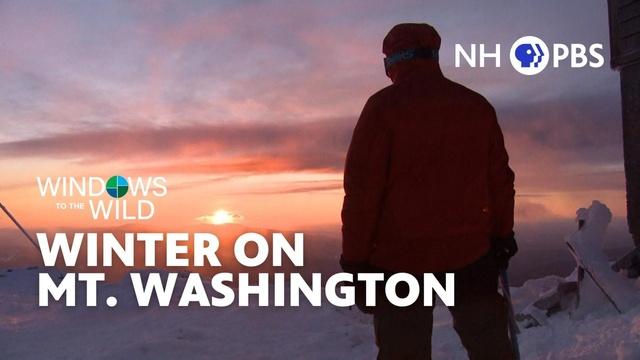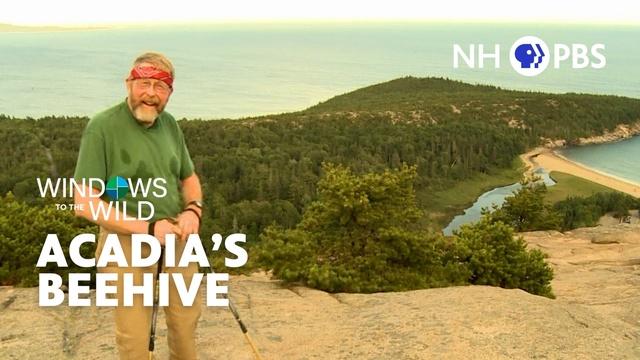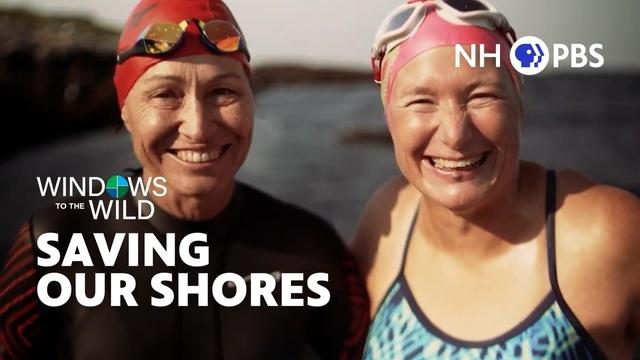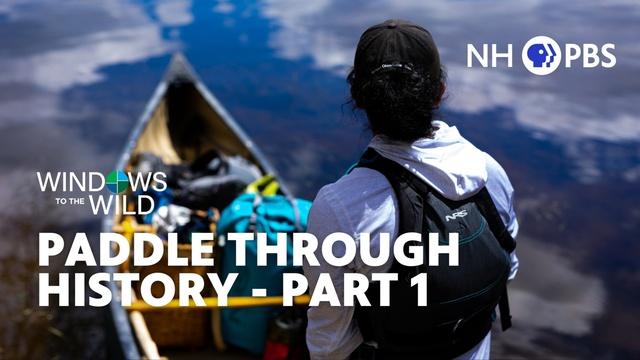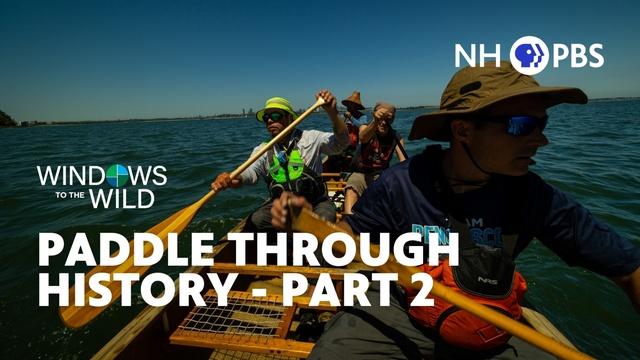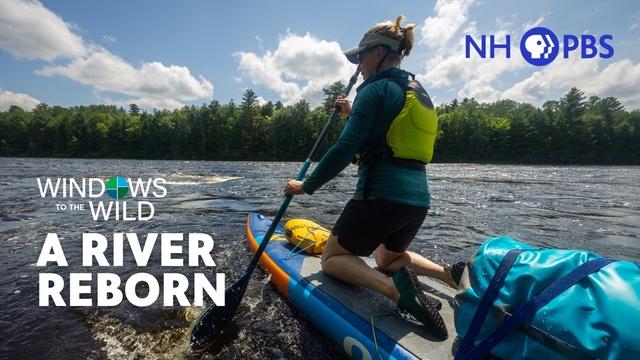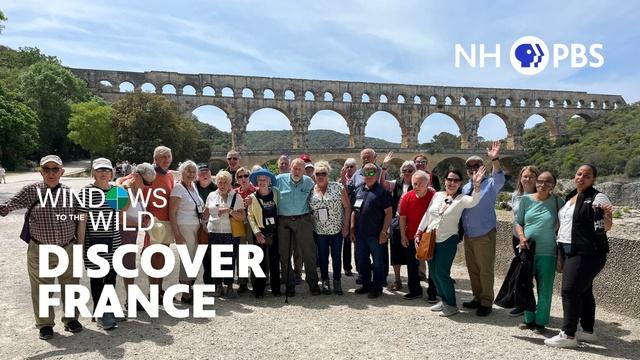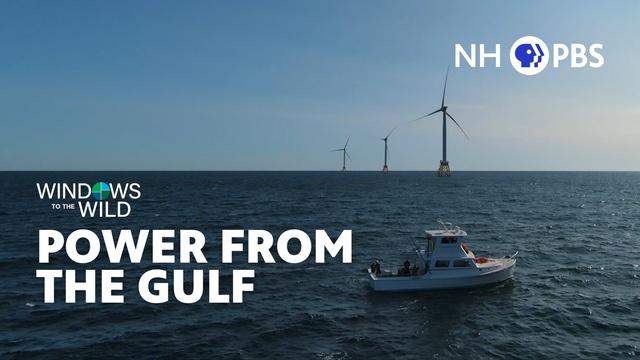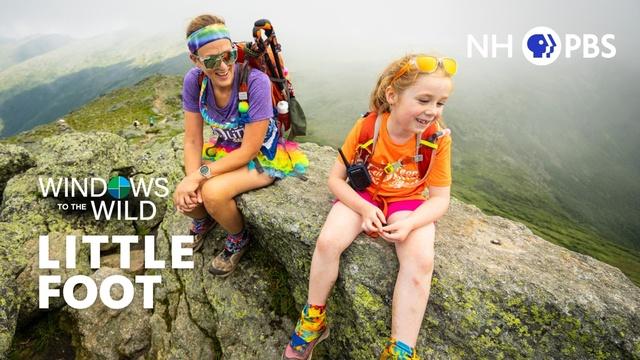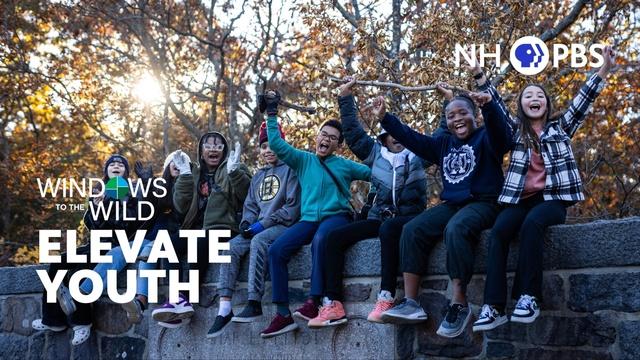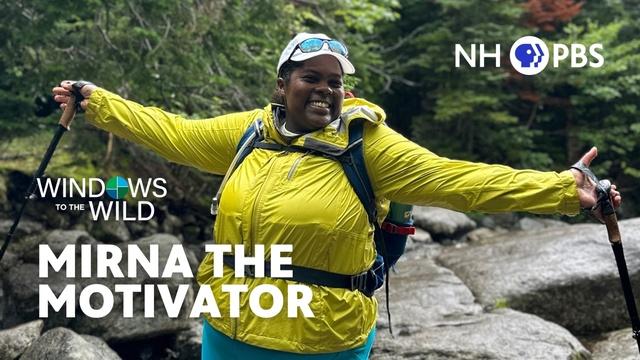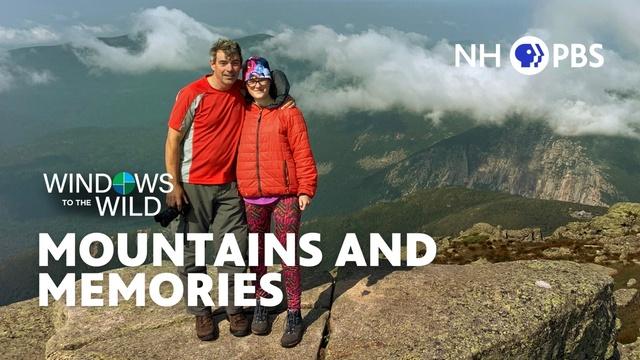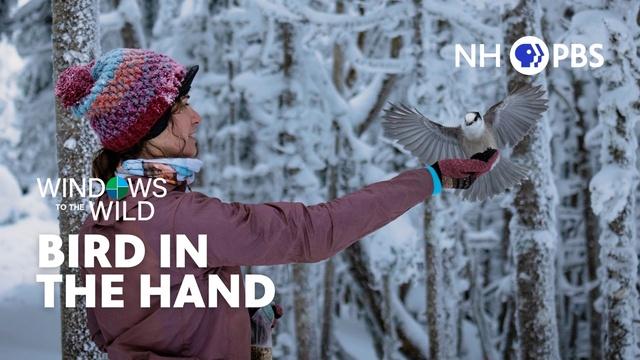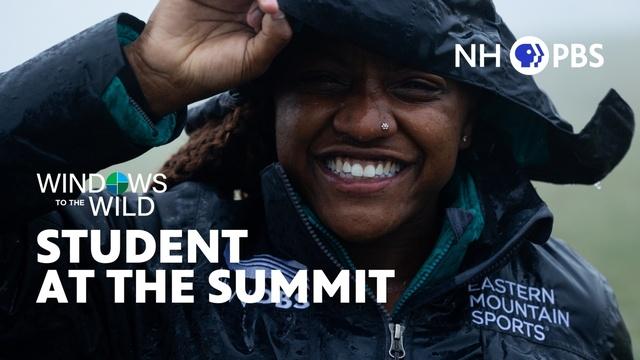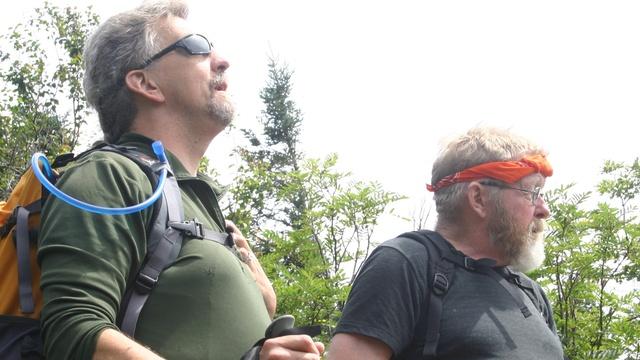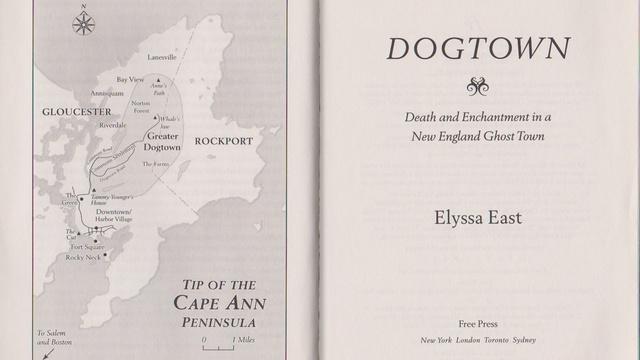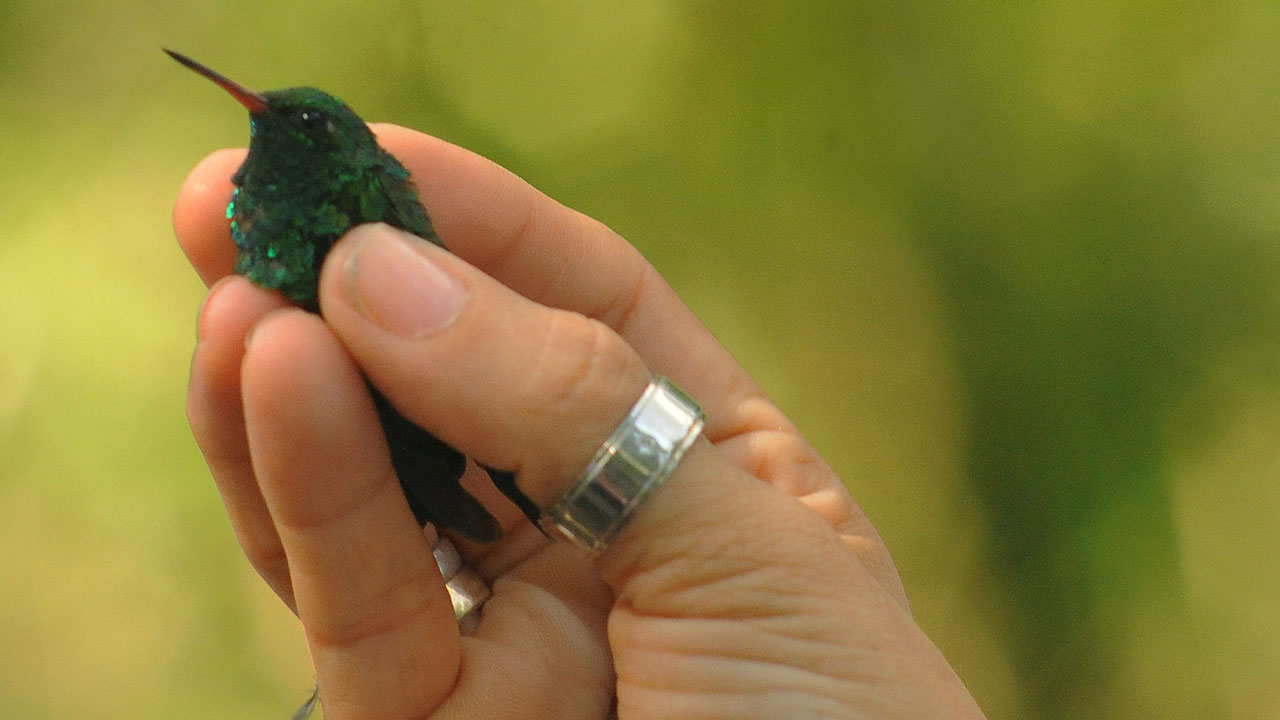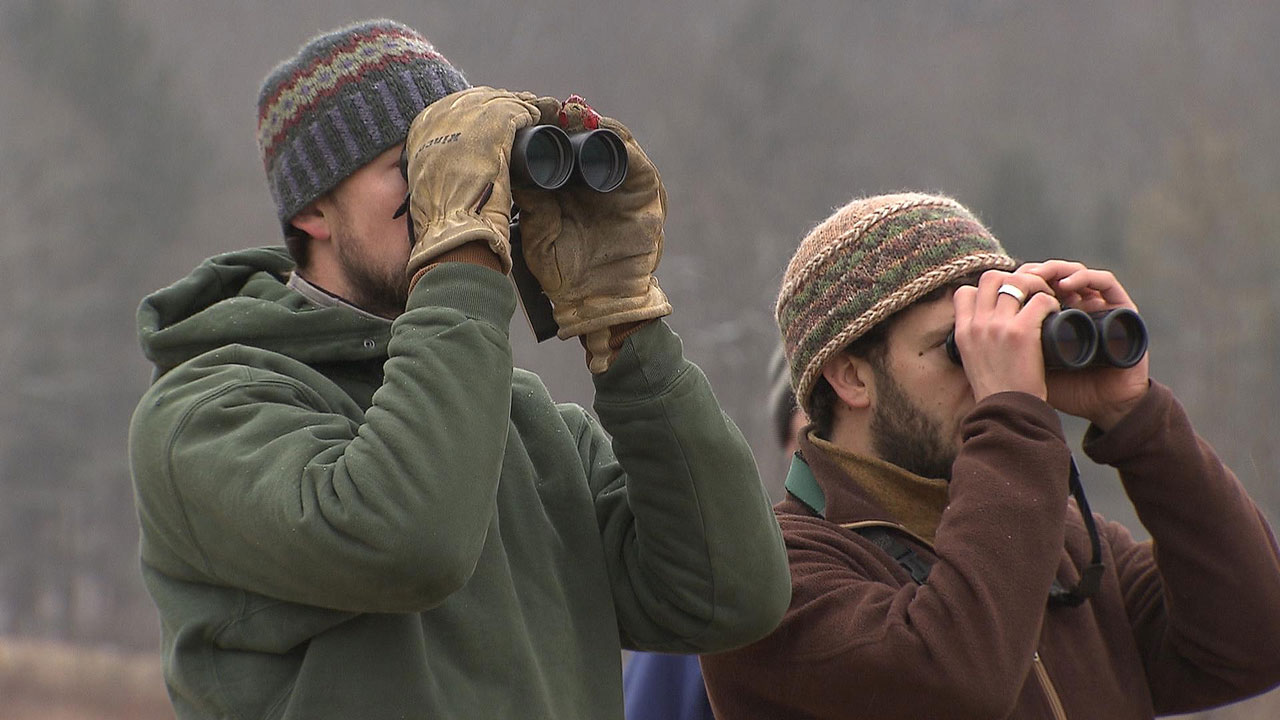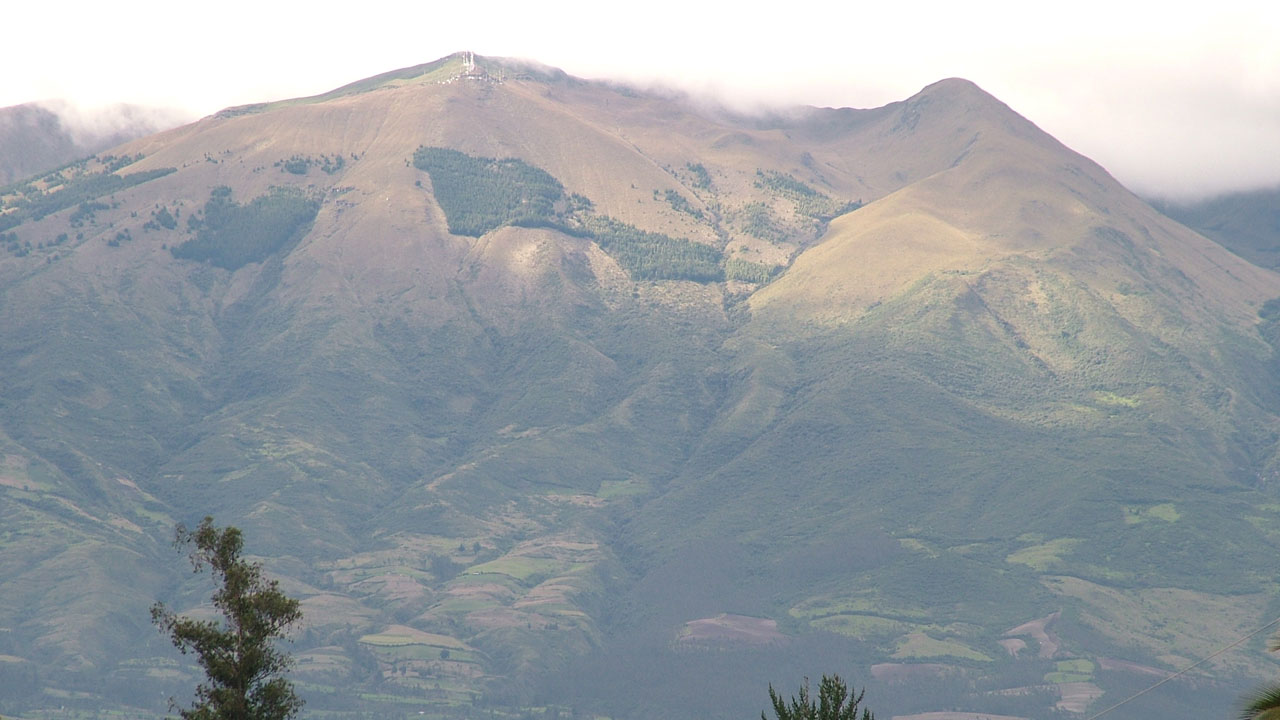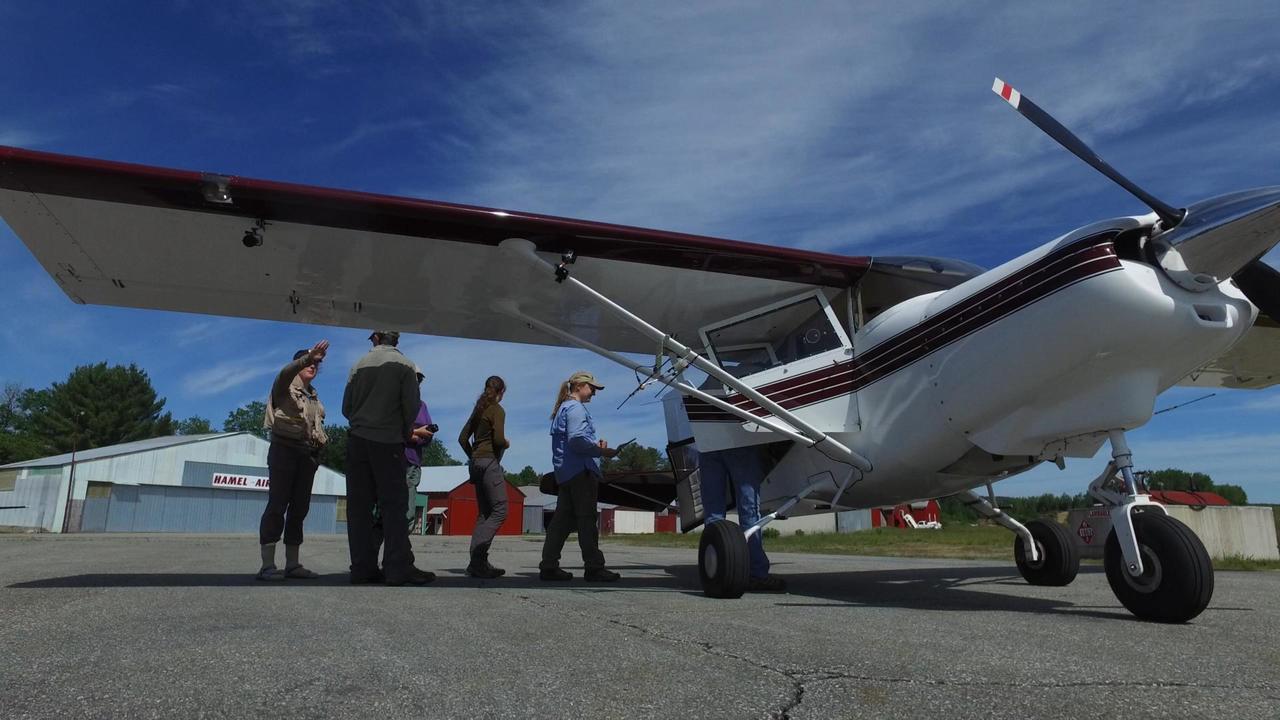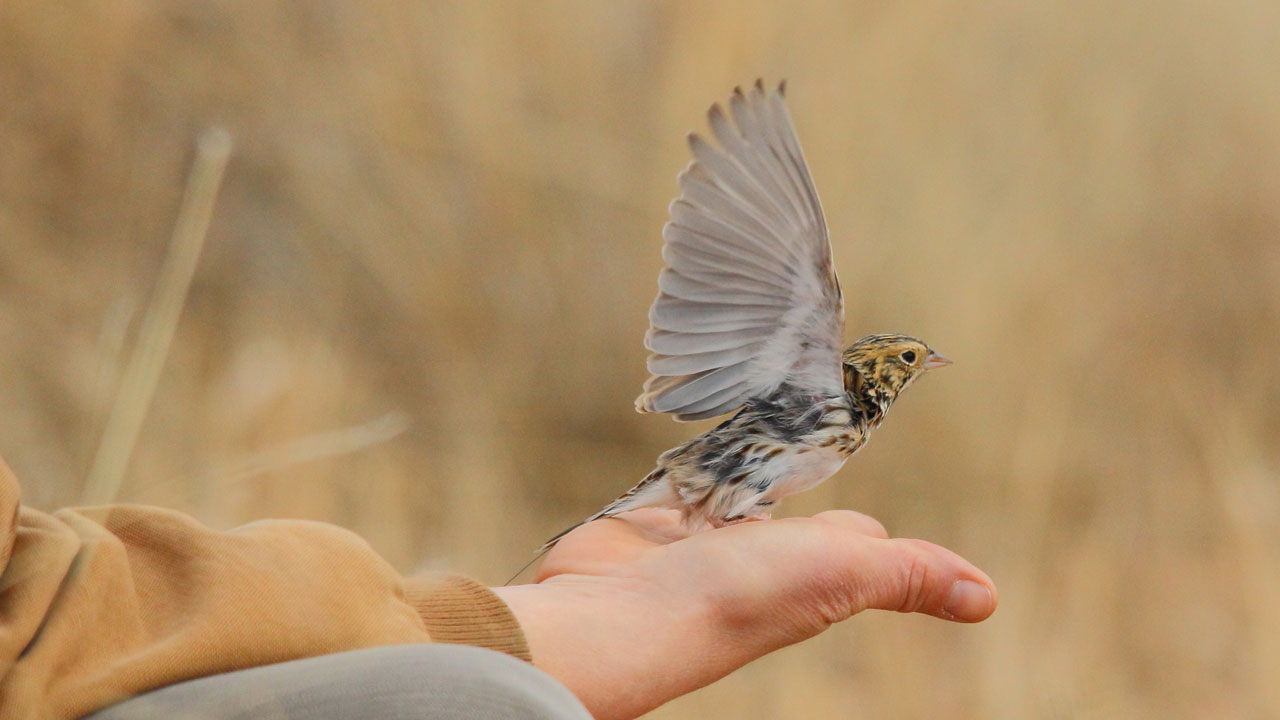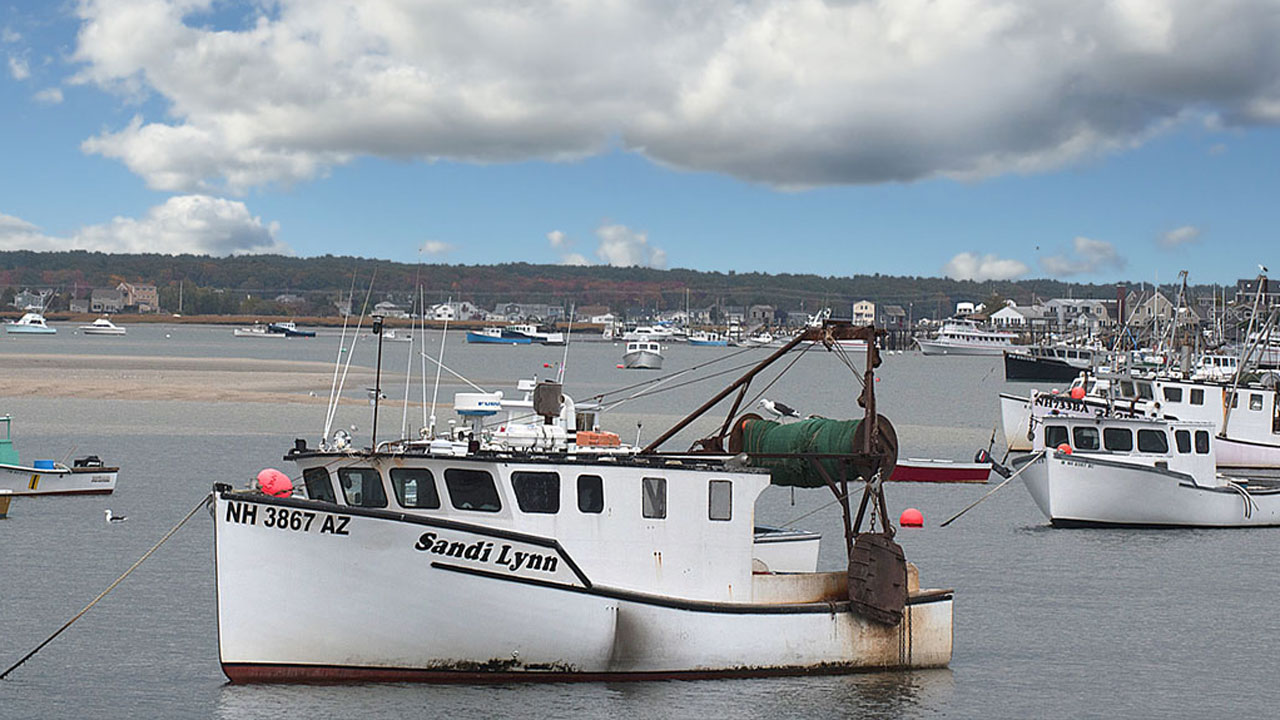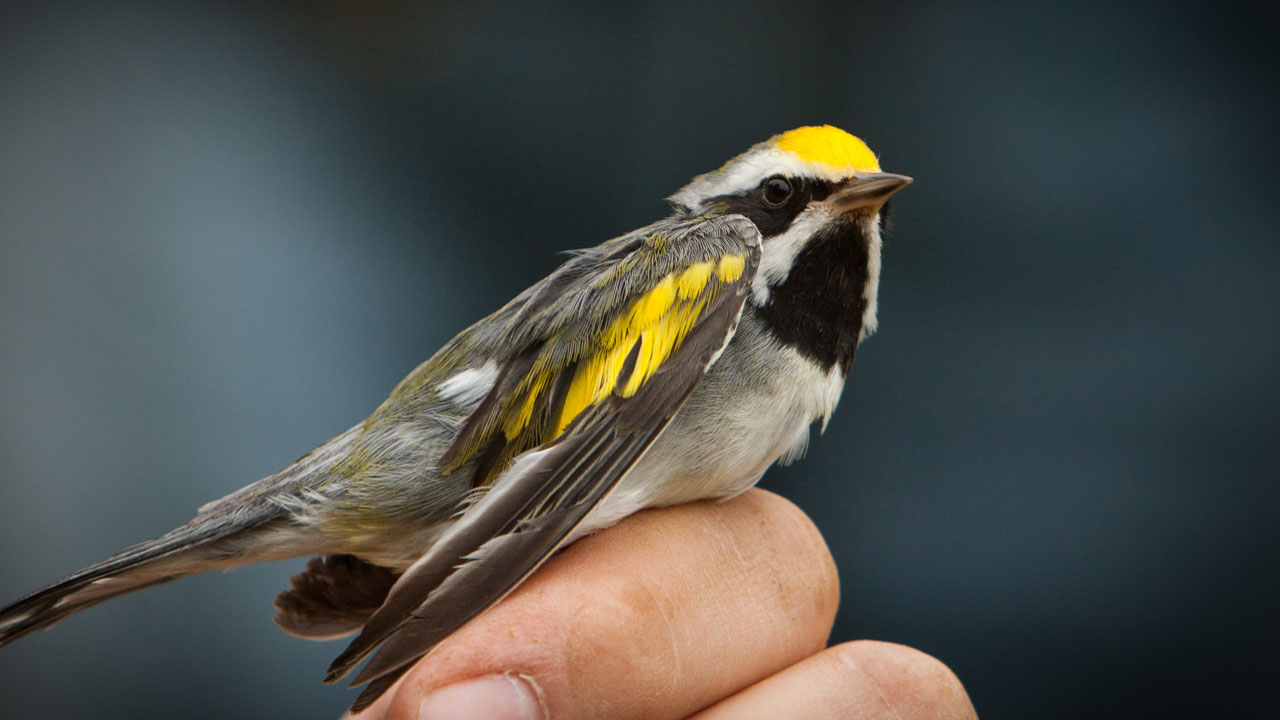Skiing Memories
Words From Willem
(February 9, 2021) - My buddy Dudley and I were just past the halfway point of the 207-mile Alaska Marathon. We'd had a good nap and a great meal at the Skwentna Roadhouse and now, at dusk, were headed south on the frozen Swentna River, with the finish line about one hundred miles ahead. Dudley stopped for a second and looked over his shoulder.
"Wow!" he said. "Look at that!" I turned, too, and together we gazed, rapt, at the incredible rampart of the Alaska Range bathed in alpenglow. Slowly, as we watched, the peach faded to mauve and purple; and then we realized we were getting cold (it went down to -26º F that night). We turned and hustled on down the winding river, bright and smooth between black spruce banks.
That memory came to me today as Kiki and I walked through the park ("walk" is an averaging of my trudge and her canter and gallop). Occasional cross-country skiers slipped past us on the perfect snow, reminding me how much faster we can travel on skis than on foot. I remembered that some of the happiest hours of my life – and some not so happy – were spent over the last seventy years on skinny skis.
We've been blessed, these past few weeks, with plenty of stable packed powder snow. In the park, walkers, skiers, and fat bikers can share the trail without marring each other's pleasure. In a corner of my cellar, meanwhile, a leaning stack of neglected old skis and poles coughs discreetly to attract my attention. They always evoke the question: Could I still...? And for a few years now, my answer has been a consistent probably not, followed by a quiet, nagging urge to try.
The gift of good, skiable snow has been counterbalanced by the curse of Covid-19, which has put the kibosh on the classic, and much anticipated, races in our neck of the woods. The organizers, however, recognizing that the motive behind the races is training and participation, rather than winning, have transformed them into "virtual" events. The popular Craftsbury 50-kilometer race can be skied this year by anyone right in his own back yard. A friend on Facebook just reported his five-hour performance at the popular – and almost unbelievably welcoming and well-groomed – "Greens" wilderness trails in Lyme and Dorchester.
The two-day, 100-mile Canadian Ski Marathon, which my wife and I haunted for about 25 years, has already happened this year – a one-day affair and no overnights. The American Birkebeiner, way up in Cable, Wisconsin, is similarly shackled. You can still sign up and get a bib, but after that you're on your own: no more fantastic mass starts or après ski camaraderie. Even the Great Labrador Loppet in Labrador City, Newfoundland, where Dudley and I, fresh from our Alaska adventure in 1985, enjoyed more snow than we'd ever seen, is off this year.
So it goes. No matter what happens, the memories of those now-long-ago events – the Fischer logo flashing in front of my eyes hour after hour at every stride – will have to do for now. I remember the constant anxiety of the Canadian Marathon –will I reach the 40-mile checkpoint each day before they close the last ten miles? The irritating icy surface of the Iditarod Trail caused by the local mushers training their dogs with several tires dragging behind their sleds. The cow moose who refused to leave the trail for us to pass, and two weeks later was likely the one that killed two of Susan Butcher's dogs. The greeting at Skwentna Roadhouse (heated by a Vermont Soapstone stove!): "Welcome! Would you like bacon and eggs or pancakes?" Our answer: "Yes!"
The horrible fifty-mile pre-dawn ride each year in a bouncing school bus jammed with skiers, skis, and poles to the freezing early-morning start of the Canadian Marathon. The jolly Frenchman in a fur-ruffed parks at the feeding station serving minestrone: "It is my own mudder's reseepy!" And who might his mother be, I asked. "Madame Combell!" Breaking both pairs of glasses within four miles of the start on the coldest marathon ever, and skiing the rest of the day essentially on all fours. And, back in Alaska, after Dudley and I at last crossed little Knik Lake to the finish line not far north of Anchorage, to be awarded a huge trophy as the oldest finisher. That was 35 years ago. I suspect that if I could still finish, I might get that one again. They were good times.
Return to the
Windows to the Wild
Main Page
WINDOWS TO THE WILD WITH WILLEM LANGE is generously supported by the Alice J. Reen Charitable Trust, John D. McGonagle Foundation, Bailey Charitable Foundation and Road Scholar.
Watch Online
TV Schedule
-
discover austria
Windows to the Wild
Sunday, 12/21 at 10:00 A.M. on NHPBS -
making tracks
Windows to the Wild
Saturday, 12/27 at 10:30 A.M. on EXPLORE -
new year's moosilauke hike
Windows to the Wild
Saturday, 1/3 at 10:30 A.M. on EXPLORE -
community outing
Windows to the Wild
Saturday, 1/10 at 10:30 A.M. on EXPLORE
Learn More...
- Manchester Cedar Swamp Preserve
The Nature Conservancy
Podcast
Listen on your favorite podcast platform
Thanks to our podcast partner: The Marlin Fitzwater Center for Communication at Franklin Pierce University







